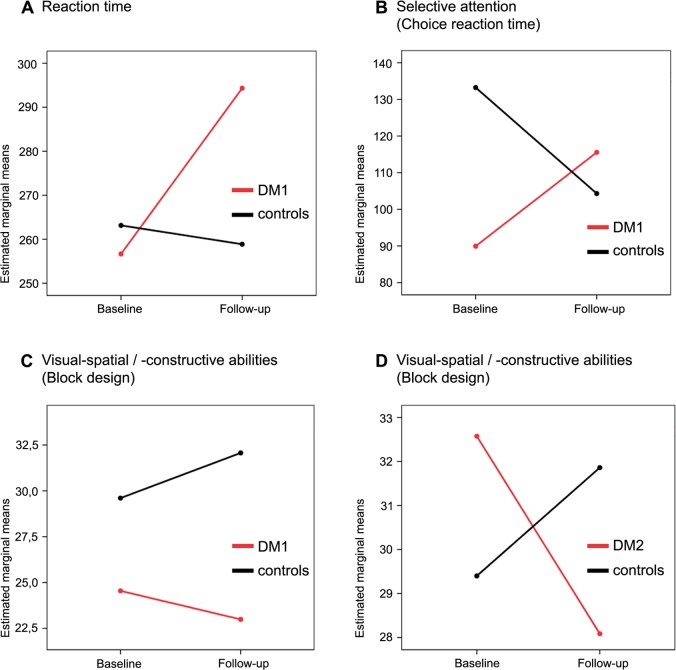Fig 1. Differences in changes of neuropsychological test performances between groups over time.
(A, B, C) Comparison of DM1 patients and controls over time. (A) Reaction time: indicating a decline in DM1 patients compared to controls (p = 0.047, difference of means = 14.49, 95% confidence interval (CI): -21.53 to 50.51). (B) Choice reaction time test: indicating a decline in selective attention in DM1 patients over time compared to controls (p = 0.039, difference of means = -16.03, 95% CI:-54.90 to 22.84). (C) Block design: indicating a decline in DM1 patients over time compared to controls (p = 0.048, difference of means = -7.07, 95% CI: -15.23 to 1.09). (D) Comparison of DM2 patients and controls over time, Block design: indicating a decline in DM2 patients over time compared to controls (p = 0.003, difference of means = -0.30, 95% CI: -5.31 to 4.71). The bimanual Pegboard task and age at follow-up were used as covariates to correct for motor impairment and age effects. Block design = higher numbers indicating better results Choice reaction time test, Reaction time = lower numbers indicating better results Estimated marginal means describe mean values of the respective neuropsychological test (reaction time, choice reaction time in selective attention test, score in block design test) that are adjusted for other variables (age, motor performance).

